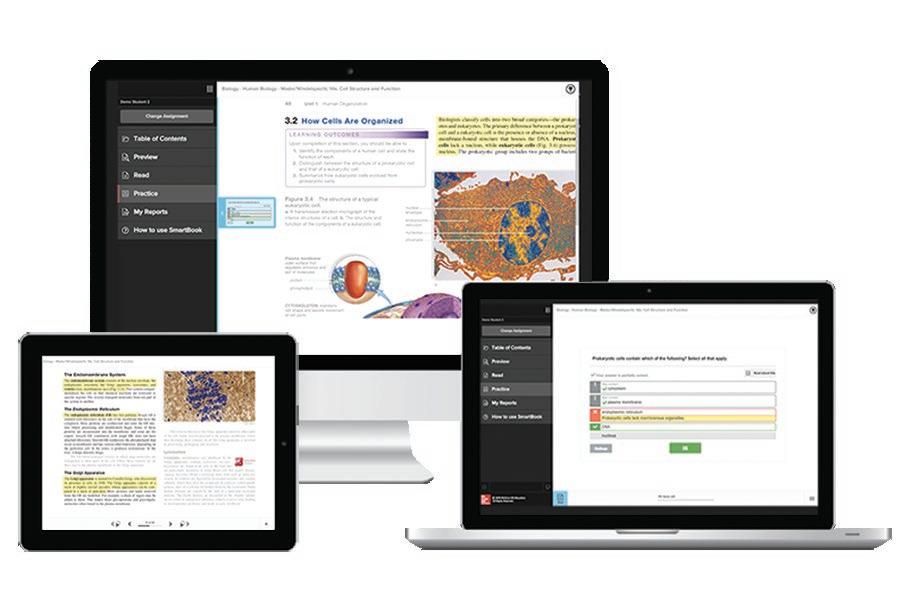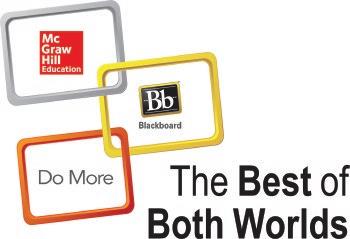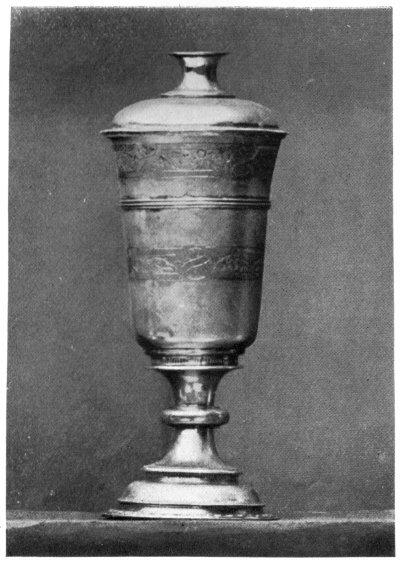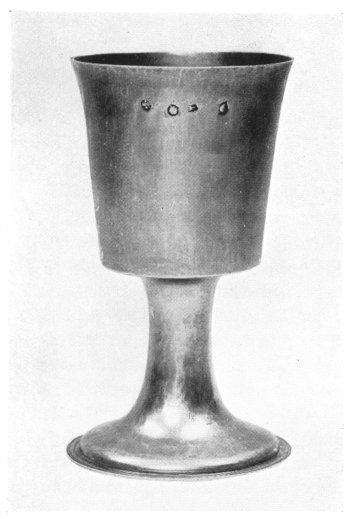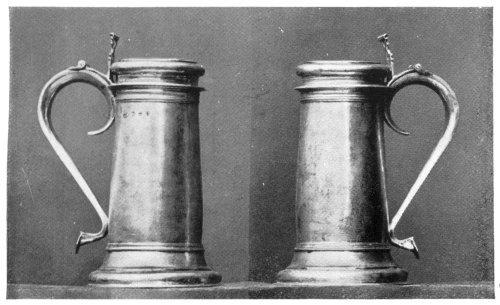(Original PDF) Strategic Management: Text and Cases 9th Edition by Gregory Dess install download

https://ebookluna.com/product/original-pdf-strategic-managementtext-and-cases-9th-edition-by-gregory-dess/
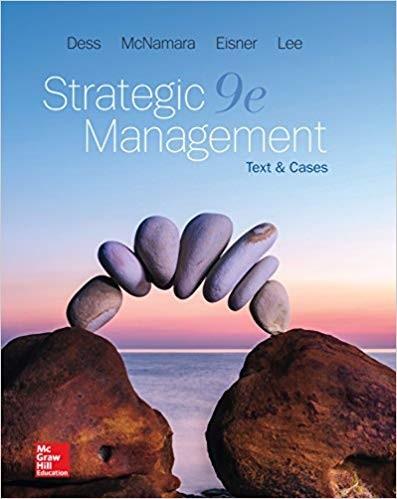
Instant digital products (PDF, ePub, MOBI) ready for you
Download now and discover formats that fit your needs...
Strategic management: text & cases,9th Edition Gregory G. Dess - eBook PDF
https://ebookluna.com/download/strategic-management-text-cases9thedition-ebook-pdf/
ebookluna.com
Strategic Management: Text and Case 10th Edition Gregory Dess - eBook PDF
https://ebookluna.com/download/strategic-management-text-and-caseebook-pdf/
ebookluna.com
Strategic Management: Text and Cases 9th Edition (eBook PDF)
https://ebookluna.com/product/strategic-management-text-and-cases-9thedition-ebook-pdf/
ebookluna.com
(eBook PDF) Strategic Management: Text and Cases 10th Edition
https://ebookluna.com/product/ebook-pdf-strategic-management-text-andcases-10th-edition-2/
ebookluna.com

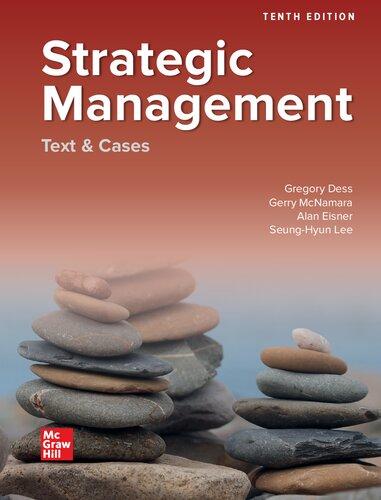
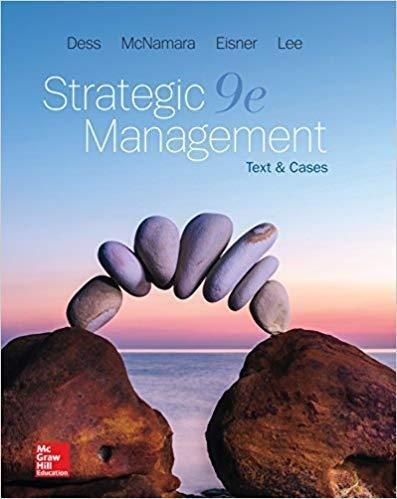
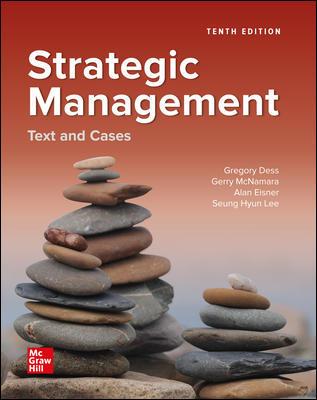
(eBook PDF) Strategic Management: Text and Cases 10th Edition
https://ebookluna.com/product/ebook-pdf-strategic-management-text-andcases-10th-edition/
ebookluna.com
Strategic Management: Creating Competitive Advantages, 10th Edition Dess - eBook PDF
https://ebookluna.com/download/strategic-management-creatingcompetitive-advantages-10th-edition-ebook-pdf/
ebookluna.com
(eBook PDF) International Management: Managing Across Borders and Cultures, Text and Cases 9th Edition
https://ebookluna.com/product/ebook-pdf-international-managementmanaging-across-borders-and-cultures-text-and-cases-9th-edition/
ebookluna.com
Contemporary Strategy Analysis: Text and Cases Edition 9th by Robert M. Grant
https://ebookluna.com/product/contemporary-strategy-analysis-text-andcases-edition-9th-by-robert-m-grant/
ebookluna.com
(eBook PDF) Strategic Management Concepts and Cases by Jeffrey H. Dyer
https://ebookluna.com/product/ebook-pdf-strategic-management-conceptsand-cases-by-jeffrey-h-dyer/
ebookluna.com

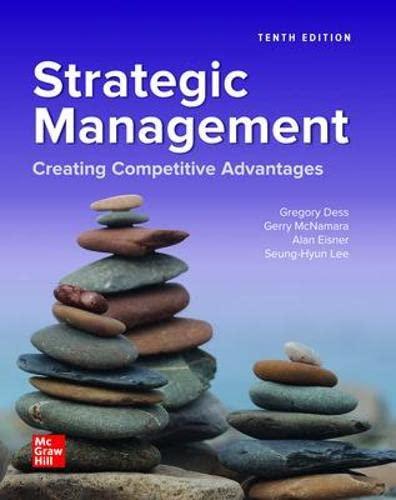
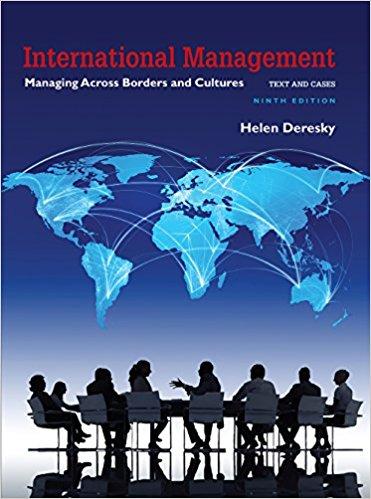
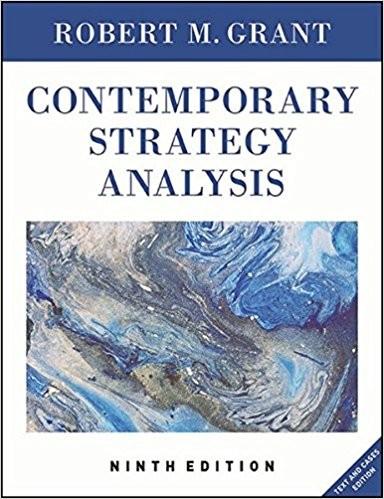
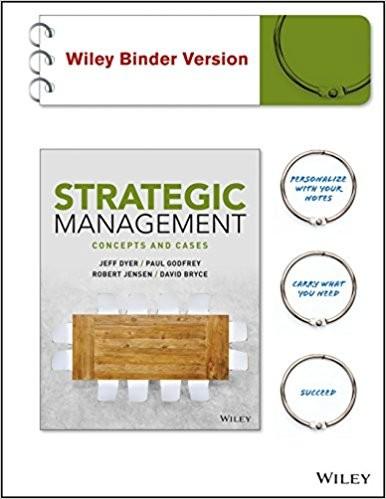
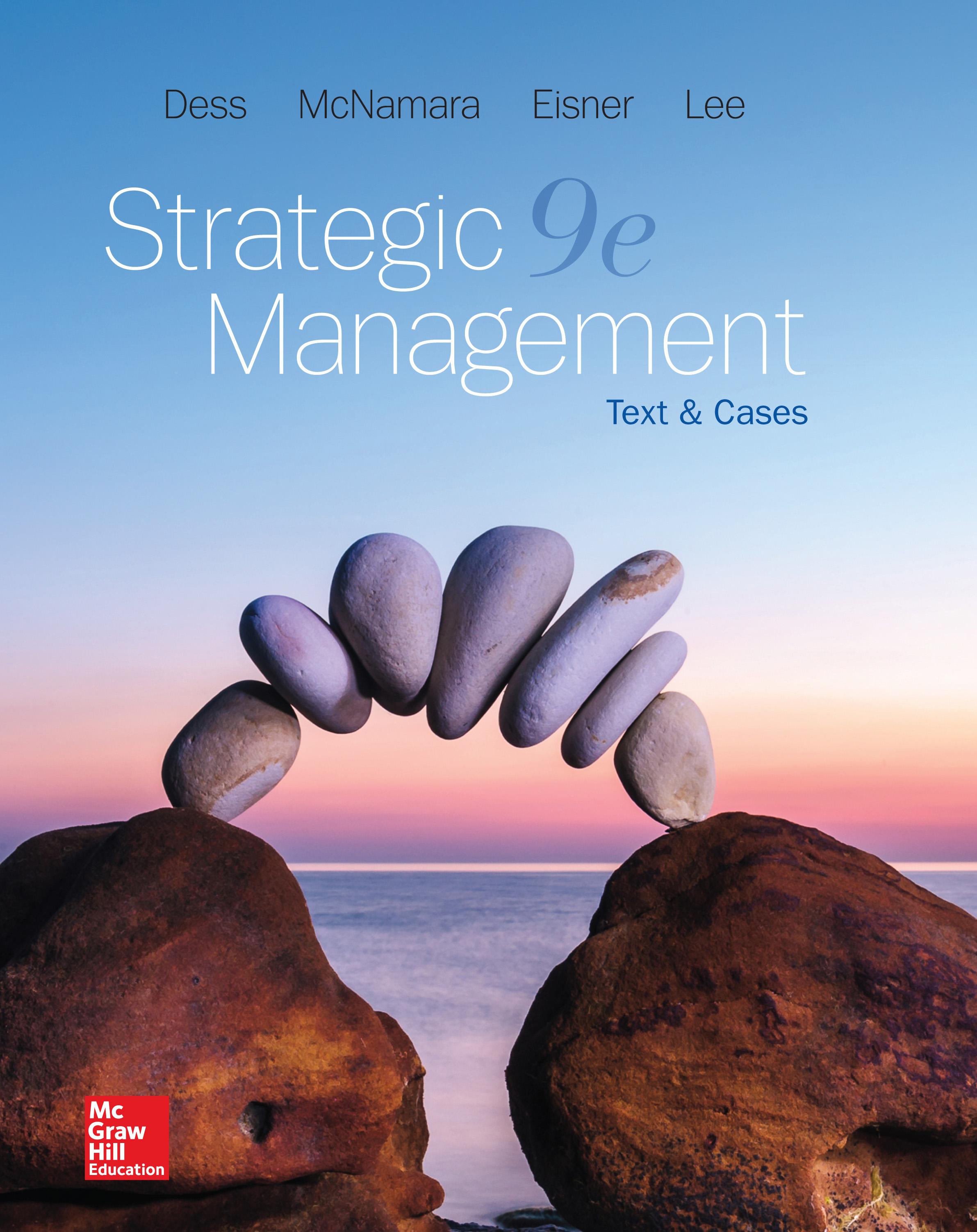
pleased that we have received feedback (such as the comments on the previous page) that is consistent with what we are trying to accomplish.
What are some of the features in Strategic Management that reinforce the 3 R’s? First, we build in rigor by drawing on the latest research by management scholars and insights from management consultants to offer a current a current and comprehensive view of strategic issues. We reinforce this rigor with our “Issues for Debate” and “Reflecting on Career Implications. .” that require students to develop insights on how to address complex issues and understand how strategy concepts can enhance their career success. Second, to enhance relevance, we provide numerous examples from management practice in the text and “Strategy Spotlights” (sidebars). We also increase relevance by relating course topic and examples to current business and societal themes, including environmental sustainability, ethics, globalization, entrepreneurship, and data analytics. Third, we stress readability with an engaging writing style with minimal jargon to ensure an effective learning experience. This is most clearly evident in the conversational presentations of chapter opening “Learning from Mistakes” and chapter ending “Issues for Debate.”
Unlike other strategy texts, we provide three separate chapters that address timely topics about which business students should have a solid understanding. These are the role of intellectual assets in value creation (Chapter 4), entrepreneurial strategy and competitive dynamics (Chapter 8), and fostering entrepreneurship in established organizations (Chapter 12). We also provide an excellent and thorough chapter on how to analyze strategic management cases.
In developing Strategic Management: Text and Cases, we certainly didn’t forget the instructors. As we all know, you have a most challenging (but rewarding) job. We did our best to help you. We provide a variety of supplementary materials that should help you in class preparation and delivery. For example, our chapter notes do not simply summarize the material in the text. Rather (and consistent with the concept of strategy), we ask ourselves: “How can we add value?” Thus, for each chapter, we provide numerous questions to pose to help guide class discussion, at least 12 boxed examples to supplement chapter material, and three detailed “teaching tips” to further engage students. For example, we provide several useful insights on strategic leadership from one of Greg’s colleagues, Charles Hazzard (formerly Executive Vice President, Occidental Chemical). Also, we completed the chapter notes—along with the entire test bank—ourselves. That is, unlike many of our rivals, we didn’t simply farm the work out to others. Instead, we felt that such efforts help to enhance quality and consistency—as well as demonstrate our personal commitment to provide a top-quality total package to strategy instructors. With the Ninth Edition, we also benefited from valued input by our strategy colleagues to further improve our work.
Let’s now address some of the key substantive changes in the Ninth Edition. Then we will cover some of the major features that we have had in previous editions.
WHAT’S NEW? HIGHLIGHTS OF THE NINTH EDITION
We have endeavored to add new material to the chapters that reflects the feedback we have received from our reviewers as well as the challenges today’s managers face. Thus, we all invested an extensive amount of time carefully reviewing a wide variety of books, academic and practitioner journals, and the business press.
We also worked hard to develop more concise and tightly written chapters. Based on feedback from some of the reviewers, we have tightened our writing style, tried to eliminate redundant examples, and focused more directly on what we feel is the most important content in each chapter for our audience. The overall result is that we were able to update our material, add valuable new content, and—at the same time—shorten the length of the chapters.
Here are some of the major changes and improvements in the Ninth Edition:
∙ Big Data/Data Analysis. A central theme of the Ninth Edition, it has become a leading and highly visible component of a broader technological phenomena—the emergence of digital technology. Such initiatives have the potential to enable firms to better customize their product and service offerings to customers while more efficiently and fully using the resources of the company. Throughout the text, we provide examples from a wide range of industries and government. This includes discussions of how Coca Cola uses data analytics to produce consistent orange juice, IBM’s leveraging of big data to become a healthcare solution firm, Caterpillar’s use of data analytics to improve machine reliability and to identify needed service before major machine failures, and Digital Reasoning’s efforts to use data analytics to enhance the ability of firms to control employees and avoid illegal and unethical behavior.
∙ Greater coverage of international business/international management (IB/IM from new co-author). As we noted at the beginning of the Preface, we have invited Seung-Hyun Lee, an outstanding IB/IM scholar, to join the author team and we are very pleased that he has accepted! Throughout the book we have included many concepts and examples of IB/IM that reflects the growing role of international operations for a wide range of industries and firms. We discuss how differences in national culture impact the negotiation of contracts and whether or not to adapt human resource practices when organizations cross national boundaries. We also include a discussion of how corporate governance practices differ across countries and discuss in depth how Japan is striving to develop balanced governance practices that incorporate elements of U.S. practices while retaining, at its core, elements of traditional Japanese practices. Additionally, we discuss why conglomerate firms thrive in Asian markets even as this form of organization has gone out of favor in the United States and Europe. Finally, we discuss research that suggests that firms in transition economies can improve their innovative performance by focusing on learning across boundaries within the firm compared to learning from outside partners.
∙ “Executive Insights: The Strategic Management Process.” Here, we introduce a nationally recognized leader and explore several key issues related to strategic management. The executive is William H. McRaven, a retired four-star admiral who leads the nation’s second largest system of higher education. As chief executive officer of the UT System, he oversees 14 institutions that educate 217,000 students and employ 20,000 faculty and more than 70,000 health care professionals, researchers, and staff. He is perhaps best known for his involvement in Operation Neptune Spear, in which he commanded the U.S. Navy Special Forces who located and killed al Qaeda leader Osama bin Laden. We are very grateful for his valuable contribution!
∙ Half of the 12 opening “Learning from Mistakes” vignettes that lead off each chapter are totally new. Unique to this text, they are all examples of what can go wrong, and they serve as an excellent vehicle for clarifying and reinforcing strategy concepts. After all, what can be learned if one simply admires perfection?
∙ Over half of our “Strategy Spotlights” (sidebar examples) are brand new, and many of the others have been thoroughly updated. Although we have reduced the number of Spotlights from the previous edition to conserve space, we still have a total of 64—by far the most in the strategy market. We focus on bringing the most important strategy concepts to life in a concise and highly readable manner. And we work hard to eliminate unnecessary detail that detracts from the main point we are trying to make. Also, consistent with our previous edition, many of the Spotlights focus on two
“hot” issues that are critical in leading today’s organizations: ethics and environmental sustainability—as well as data analytics in this edition.
Key content changes for the chapters include:
∙ Chapter 1 addresses three challenges for executives who are often faced with similar sets of opposing goals which can polarize their organizations. These challenges, or paradoxes, are called (1) the innovation paradox, the tension between existing products and new ones—stability and change; (2) the globalization paradox, the tension between global connectedness and local needs; and, (3) the obligation paradox, the tension between maximizing shareholder returns and creating benefits for a wide range of stakeholders— employees, customers, society, etc. We also discuss three theaters of practice that managers need to recognize in order to optimize the positive impact of the corporate social responsibility (CSR) initiatives. These are (1) Focusing on philanthropy, (2) Improving operational effectiveness, and (3) Transforming the business model.
∙ Chapter 2 introduces the concept of big data/data analytics—a technology that affects multiple segments of the general environment. A highly visible component of the digital economy, such technologies are altering the way business is conducted in a wide variety of sectors—government, industry, and commerce. We provide a detailed example of how it has been used to monitor the expenditures of federal, state, and local governments.
∙ Chapter 3 includes a discussion on program hiring to build human capital. With program hiring, firms offer employment to promising graduates without knowing which specific job the employee will fill. Firms employing this tactic believe it allows them to meet changing market conditions by hiring flexible employees who desire a dynamic setting. We also include a discussion of how Coca Cola is leveraging data analytics to produce orange juice that is consistent over time and can be tailored to meet local market tastes.
∙ Chapter 4 discusses research that has found that millennials have a different definition of diversity and inclusion than prior generations. That is, millennials look upon diversity as the blending of different backgrounds, experiences, and perspectives within a team, i.e., cognitive diversity. Earlier generations—the X-Generation and the Boomer Generation— tended to view diversity as a representation of fairness and protection for all regardless of gender, race, religion, etc. An important implication is that while many millennials believe that differences of opinion enable teams to excel, relatively few of them feel that their leaders share this perspective. The chapter also provides a detailed example of how data analytics can increase employee retention.
∙ Chapter 5 examines how firms can create strong competitive positions in platform markets. In platform markets, firms act as intermediaries between buyers and sellers. Success is largely based on the ability of the firm to be the de facto provider of this matching process. We discuss several actions firms can take to stake out a leadership position in these markets. In addition, we include a discussion of research outlining how firms can develop organizational structures and policies to draw on customer interactions to improve their innovativeness. The key finding from this research is that it is critical for firms to empower and incent front line employees to look for and share innovative insights they take away from customer interactions.
∙ Chapter 6 includes a section on different forms of strategic alliances and when they are most appropriate. In discussing the differences between contractual alliances, equity alliances, and joint ventures, students can better understand the range of options they
have to build cooperative arrangements with other firms and the factors that influence the choice among these options.
∙ Chapter 7 explains two important areas in which culture can play a key role in managing organizations across national boundaries. First, we discuss situations in which it is best to not adapt one’s company culture—even if it conflicts with the culture country in which the firm operates. We provide the example of Google’s human resource policy of providing employees with lots of positive feedback during performance reviews. Why? Google feels that this is a key reason for its outstanding success in product innovation. Second, we address some of the challenges that managers encounter when they negotiate contracts across national boundaries. We discuss research that identifies several elements of negotiating behaviors that help to identify cultural differences.
∙ Chapter 8 identifies factors investors can examine when evaluating the risk of crowdfunded ventures. When firms raise funds through crowdfunding, they often have limited business and financial histories and haven’t yet built up a clear reputation. This raises the risks investors face. We identify some factors investors can look into to clarify the worthiness and risk of firms who are raising financial resources through crowdfunding.
∙ Chapter 9 discusses the increasingly important role that activist investors have in the corporate governance of publicly-traded firms. Activist investors are investors who take small but significant ownership stakes in large firms, typically 5 to 10 percent ownership, and push for major strategic changes in the firm. These activist investors are often successful, winning 70 percent of the shareholder votes they champion and have forced the exit of leaders of several large firms. Additionally, we discuss a corner of Wall Street where women dominate, as corporate governance heads at major institutional investors. These institutional investors hold large blocks of stock in all major corporations. As a result, these female leaders are in a position to push for governance changes in these corporations to make them more responsive to the concerns of investors, such as increasing opportunities for female corporate leaders.
∙ Chapter 10 discusses how firms can organize to improve their innovativeness. Often managers look to outside partners to learn new skills and access new knowledge to improve their innovative performance. We discuss research that suggests that efforts to look to create novel combinations of knowledge within the firm offer greater potential to generate stronger innovation performance. The key advantage of internal knowledge is that it is proprietary and potentially more applicable to the firm’s innovation efforts.
∙ Chapter 11 includes discussions of multiple firms that have changed their leadership and control systems to respond to challenges they’ve faced. This includes Marvin Ellison’s efforts to revive JC Penney after prior bad leadership, Target’s efforts to change its supply chain system to meet changing customer demands, and the decision procedures JC Johnson Inc. has put in place to improve its ability to lead its industry in sustainability efforts.
∙ Chapter 12 highlights the potential to learn from innovation failures. Too often, firms become risk averse in their behavior in order to avoid failure. We discuss how this can result in missing truly innovative opportunities. Drawing off research by Julian Birkinshaw, we discuss the need for firms to get their employees to take bold innovation actions and steps firms can take to learn from failed innovation efforts to be more effective in future innovation efforts. We also discuss research on the consequences of losing star innovation employees. Firms worry about the loss of key innovation personnel, but research shows that while there are costs associated with the loss of star
innovators, there are also potential benefits. Firms that lose key innovators typically experience a loss in exploitation-oriented innovation, but they also often see an increase in exploration-oriented innovation.
∙ Chapter 13 provides an example of how the College of Business Administration at Towson University successfully introduced a “live” business case completion across all of it strategic management sections. The “description” and the “case completion checklist” includes many of the elements of the analysis-decision-action cycle in case analysis that we address in the chapter.
∙ Chapter 13 updates our Appendix: Sources of Company and Industry Information. Here, we owe a big debt to Ruthie Brock and Carol Byrne, library professionals at the University of Texas at Arlington. These ladies have provided us with comprehensive and updated information for the Ninth Edition that is organized in a range of issues. These include competitive intelligence, annual report collections, company rankings, business websites, and strategic and competitive analysis. Such information is invaluable in analyzing companies and industries. We are always amazed by the diligence, competence—and good cheer—that Ruthie and Carol demonstrate when we impose on them every two years!
∙ We have worked hard to further enhance our excellent case package with a major focus on fresh and current cases on familiar firms.
∙ More than half of our cases are author-written (much more than the competition).
∙ We have updated our users favorite cases, creating fresh stories about familiar companies to minimize instructor preparation time and “maximize freshness” of he content.
∙ We have added several exciting new cases to the lineup including Blackberry and Ascena (the successor company to Ann Talyor).
∙ We have also extensively updated 28 familiar cases with the latest news.
∙ Our cases are familiar yet fresh with new data and problems to solve.
WHAT REMAINS THE SAME: KEY FEATURES OF EARLIER EDITIONS
Let’s now briefly address some of the exciting features that remain from the earlier editions.
∙ Traditional organizing framework with three other chapters on timely topics. Crisply written chapters cover all of the strategy bases and address contemporary topics. First, the chapters are divided logically into the traditional sequence: strategy analysis, strategy formulation, and strategy implementation. Second, we include three chapters on such timely topics as intellectual capital/knowledge management, entrepreneurial strategy and competitive dynamics, and fostering corporate entrepreneurship and new ventures.
∙ “Learning from Mistakes” chapter-opening cases. To enhance student interest, we begin each chapter with a case that depicts an organization that has suffered a dramatic performance drop, or outright failure, by failing to adhere to sound strategic management concepts and principles. We believe that this feature serves to underpin the value of the concepts in the course and that it is a preferred teaching approach to merely providing examples of outstanding companies that always seem to get it right. After all, isn’t it better (and more challenging) to diagnose problems than admire perfection? As Dartmouth’s Sydney Finkelstein, author of Why Smart Executives Fail,
notes: “We live in a world where success is revered, and failure is quickly pushed to the side. However, some of the greatest opportunities to learn—for both individuals and organizations—come from studying what goes wrong.”* We’ll see how, for example, why Frederica Marchionni, the CEO that Land’s End hired in 2015, failed to spearhead the revival of the brand. Her initiatives geared toward taking the brand upscale turned out to be too much of a shock to the firm’s customer base as well as the firm’s family culture and wholesome style. As noted by a former executive, “It doesn’t look like Land’s End anymore. There was never the implication that if you wore Lands’ End you’d be on the beach on Nantucket living the perfect life.” We’ll also explore the bankruptcy of storied law firm Dewey & LeBoeuf LLP. Their failure can be attributed to three major issues: a reliance on borrowed money, making large promises about compensation to incoming partners (which didn’t sit well with their existing partners!), and a lack of transparency about the firm’s financials.
∙ “Issue for Debate” at the end of each chapter. We find that students become very engaged (and often animated!) in discussing an issue that has viable alternate points of view. It is an exciting way to drive home key strategy concepts. For example, in Chapter 1, Seventh Generation is faced with a dilemma that confronts their values and they must decide whether or not to provide their products to some of their largest customers. At issue: While they sympathize (and their values are consistent) with the striking workers at the large grocery chains, should they cross the picket lines? In Chapter 4, we discuss an issue that can be quite controversial: Does offering financial incentives to employees to lose weight actually work? We will explain a study by professors and medical professionals who conducted a test to explore this issue. And, in Chapter 7, we address Medtronic’s decision to acquire Covidien, an Irish-based medical equipment manufacturer for $43 billion. Its primary motive: Lower its taxes by moving its legal home to Ireland—a country that has lower rates of taxation on corporations. Some critics may see such a move as unethical and unpatriotic. Others would argue that it will help the firm save on taxes and benefit their shareholders.
∙ “Insights from Research.” We include six of this feature in the Ninth Edition—and half of them are entirely new. Here, we summarize key research findings on a variety of issues and, more importantly, address their relevance for making organizations (and managers!) more effective. For example, in Chapter 2 we discuss findings from a metaanalysis (research combining many individual studies) to debunk several myths about older workers—a topic of increasing importance, given the changing demographics in many developed countries. In Chapter 4, we address a study that explored the viability of re-hiring employees who had previously left the organizations. Such employees, called “boomerangs” may leave an organization for several reasons and such reasons may strongly influence their willingness to return to the organization. In Chapter 5, we summarize a study that looked at how firms can improve their innovativeness by drawing on interactions with customers but only if the firm empowers front line employees to lead innovative efforts and provides incentives to motivate employees to do so. In Chapter 10, we discuss research on firms in transition economies that found firms which learn from both external partners and by spanning boundaries within the firm can improve their innovation. However, learning between units within the firm produced higher innovation performance.
*Personal Communication, June 20, 2005.
∙ “Reflecting on Career Implications. . .” We provide insights that are closely aligned with and directed to three distinct issues faced by our readers: prepare them for a job interview (e.g., industry analysis), help them with current employers or their career in general, or help them find potential employers and decide where to work. We believe this will be very valuable to students’ professional development.
∙ Consistent chapter format and features to reinforce learning. We have included several features in each chapter to add value and create an enhanced learning experience. First, each chapter begins with an overview and a list of key learning objectives. Second, as previously noted, the opening case describes a situation in which a company’s performance eroded because of a lack of proper application of strategy concepts. Third, at the end of each chapter there are four different types of questions/exercises that should help students assess their understanding and application of material:
1. Summary review questions.
2. Experiential exercises.
3. Application questions and exercises.
4. Ethics questions.
Given the centrality of online systems to business today, each chapter contains at least one exercise that allows students to explore the use of the web in implementing a firm’s strategy.
∙ Key Terms. Approximately a dozen key terms for each chapter are identified in the margins of the pages. This addition was made in response to reviewer feedback and improves students’ understanding of core strategy concepts.
∙ Clear articulation and illustration of key concepts. Key strategy concepts are introduced in a clear and concise manner and are followed by timely and interesting examples from business practice. Such concepts include value-chain analysis, the resourcebased view of the firm, Porter’s five-forces model, competitive advantage boundaryless organizational designs, digital strategies, corporate governance, ethics, data analytics, and entrepreneurship.
∙ Extensive use of sidebars. We include 64 sidebars (or about five per chapter) called “Strategy Spotlights.” The Strategy Spotlights not only illustrate key points but also increase the readability and excitement of new strategy concepts.
∙ Integrative themes. The text provides a solid grounding in ethics, globalization, environmental substainability, and technology. These topics are central themes throughout the book and form the basis for many of the Strategy Spotlights.
∙ Implications of concepts for small businesses. Many of the key concepts are applied to start-up firms and smaller businesses, which is particularly important since many students have professional plans to work in such firms.
∙ Not just a textbook but an entire package. Strategic Management features the best chapter teaching notes available today. Rather than merely summarizing the key points in each chapter, we focus on value-added material to enhance the teaching (and learning) experience. Each chapter includes dozens of questions to spur discussion, teaching tips, in-class group exercises, and about a dozen detailed examples from business practice to provide further illustrations of key concepts.

